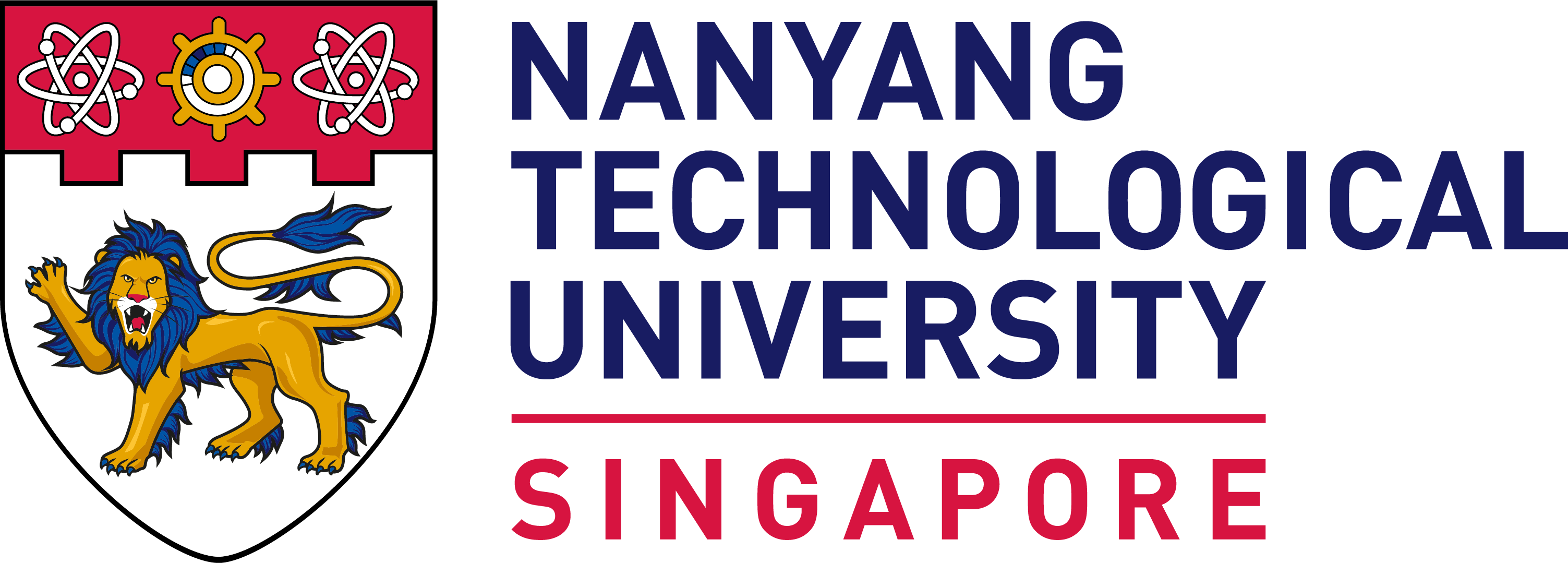Water electrolysis using diverse water resources

Abstract
Basic study on diverging aqueous solutions for water electrolysis is effective not only expanding search space in materials and reaction conditions, but also helping maintenance of existing technologies. For long-life operation of current water electrolysis systems, ultra-pure water is used to avoid performance degradation caused by impurity ions. To further reduce the cost of green hydrogen in the future, it will be effective to gain a detailed quantitative understanding of the effects of each impurity contained in the water. Electrolyte engineering is the key in this context, allowing use of non-extreme pH. For example, it is expected to establish a system that can achieve a long service life even when lightly treated seawater is used. Typical impurity ions in seawater are chloride ions, and the competition between oxygen production and its oxidation reaction is a problem to be solved. This presentation describes the development of highly efficient non-precious metal based electrocatalysts at non-extreme pH and the strategy and results for selective oxygen production in the presence of chloride ions.

